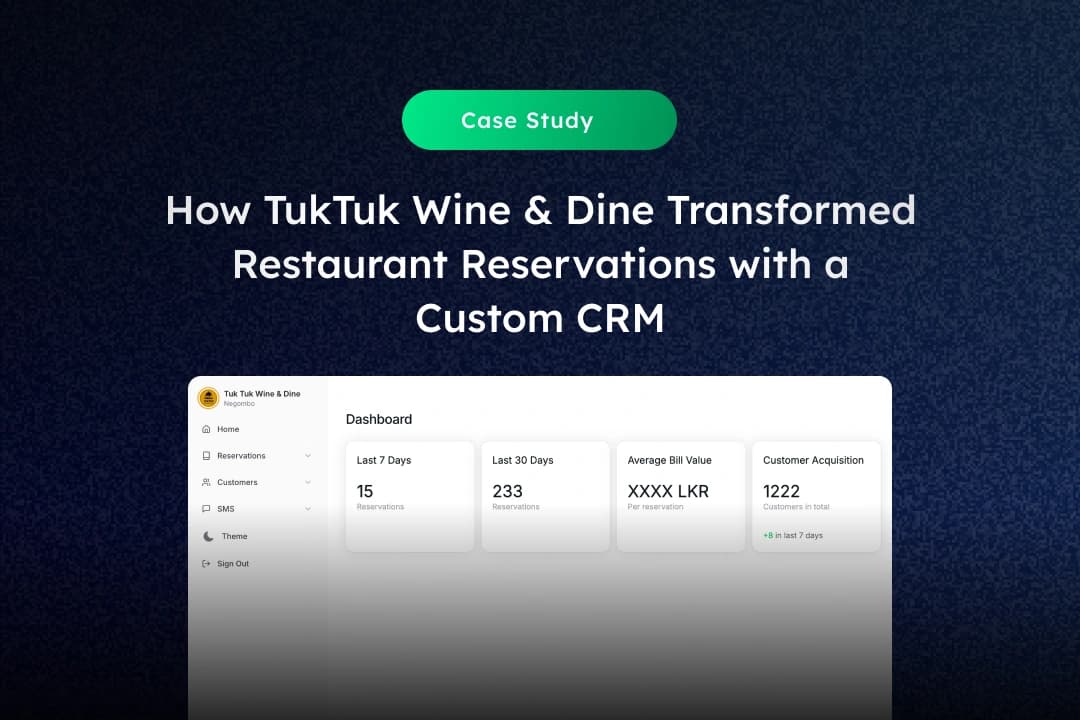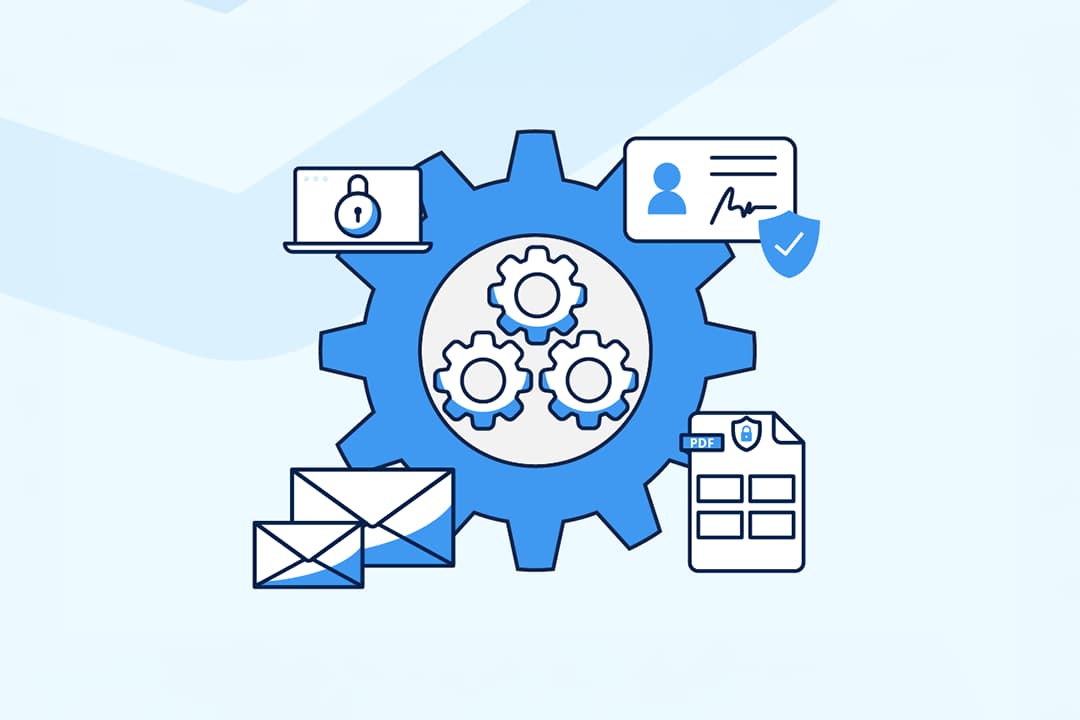
Introduction
Many businesses face a major decision: should they buy existing software (off-the-shelf), or build custom solutions crafted just for their needs? There’s no one-size-fits-all answer. This article compares both approaches, examines latest data & trends, and helps you decide what’s best for your business in 2025.
What Do the Terms Mean?
- Off-the-Shelf Software: Prebuilt software that is mass-marketed. Examples: accounting tools (QuickBooks), CRM systems (Salesforce), standard CMS, etc.
- Custom Software: Tailored development for an organization’s specific needs, business flows, integrations, unique features.
Advantages & Disadvantages: Off-the-Shelf vs Custom
| Factor | Off-the-Shelf | Custom Software |
|---|---|---|
| Upfront Cost & Time to Deploy | Lower cost initially; ready to use; subscription or licensing models. | Higher initial investment; development time longer. |
| Customization & Flexibility | Limited customization; may require businesses to alter processes to match software. | High flexibility; can tailor exactly to business processes and needs. |
| Scalability & Integration | Often limited in scalability, integrations; sometimes constrained by vendor roadmap. | Can be built to scale; integrate with internal systems; more control. |
| Security & Data Ownership | Vendor controlled; data stored as per vendor’s policies; may have generic security. | Greater control over security, data handling, ownership; can meet stricter compliance needs. |
| Support & Maintenance | Vendor provides updates; but you are dependent on vendor’s schedule and priorities. | Full control; you define how support, updates, enhancements happen; but responsible for it. |
| Long Term ROI | May appear cheaper initially, but long-term cost (customization, lack of fit, license fees) might add up. | Higher upfront investment but higher potential ROI in long term via efficiency, differentiation, fewer workarounds. |
Trends & Data in 2025
- Custom software is showing increased investment globally due to security concerns, need for unique features, and desire for competitive advantage.
- Some studies indicate that for companies with more than ~500 users, custom software can deliver up to 300% higher ROI compared to off-the-shelf alternatives, especially when long-term scalability, integrations, and flexibility are vital.
- Off-the-shelf solutions are still preferred when time-to-market is critical, budget is limited, or standards/industry practices are easily met.
- Hybrid approaches: many organizations are combining off-the-shelf core software with custom modules or integrations to get balance of speed + customization.
When Off-the-Shelf Is the Right Choice
Use off-the-shelf software when:
- Your business needs are standard, with common requirements.
- You have very limited budget or need fast deployment.
- You want minimal maintenance responsibilities.
- You are okay adapting your processes to the software rather than forcing software to adapt.
Advantages include:
- Lower upfront cost
- Vendor support, established track record
- Quick implementation
- Easier updates via vendor
When Custom Software Is the Better Investment
Custom software tends to be better when:
- You need unique business logic, workflows, or integration with other systems.
- Security, data ownership, compliance (especially in regulated industries) matter.
- Scalability is essential (growing user base, scaling operations).
- You want to differentiate — offering features your competitors do not.
- Long-term cost savings, fewer workarounds, and ability to evolve are priorities.
Key Considerations Before Deciding
Before choosing, evaluate:
- Total cost of ownership (TCO), including maintenance, upgrades, support, license fees.
- Time to deliver: how long will custom software take and what’s the cost of delay?
- Vendor reliability: for off-the-shelf, is the vendor stable, responsive? For custom, is the dev team experienced, reliable?
- Flexibility of future changes: how easy will it be to add features later?
- Integration needs: will this software need to talk to other tools or systems?
- Compliance & security: regulatory requirements, data protection laws (in Sri Lanka PDPA etc.).
Sri Lankan Perspective & Case Opportunities
- As per Sri Lanka’s Digital Outlook 2025, digital infrastructure, connectivity, and online payments are improving; this increases demand for software solutions tuned to local needs.
- PDPA and data privacy legislation mean businesses operating locally must ensure software handles user data correctly. Custom software gives more control here.
- Many small/medium businesses may find off-the-shelf is adequate initially, but as they grow, investing in custom software or hybrid systems can reduce costs and improve efficiency.
Step-By-Step Decision Framework
- Define your business goals & constraints
Budget, timeline, growth plans, features required. - List must-have vs nice-to-have features
Helps you see whether off-the-shelf solutions meet minimum needs. - Estimate Total Cost & ROI
Include license/subscription fees, customizations, maintenance, upgrades. - Evaluate Vendors / Development Partners
For custom: check past work, security practices, technology stack.
For off-the-shelf: vendor reputation, update frequency, support, user reviews. - Consider Hybrid Models
Maybe core off-the-shelf + custom modules; or off-the-shelf for non-critical parts + custom for competitive advantage. - Plan for scalability & future change
Ensure whatever you choose can evolve.
Conclusion
Custom vs off-the-shelf is not simply an either/or. Both have places. For many Sri Lankan businesses, off-the-shelf works as an entry point; but for long-term growth, differentiation, stricter compliance, custom or hybrid solutions offer superior returns.
If you’re evaluating this choice for your business, we can help you map the requirements, do cost-benefit analysis, and choose a solution that balances budget, time, and strategic value.



